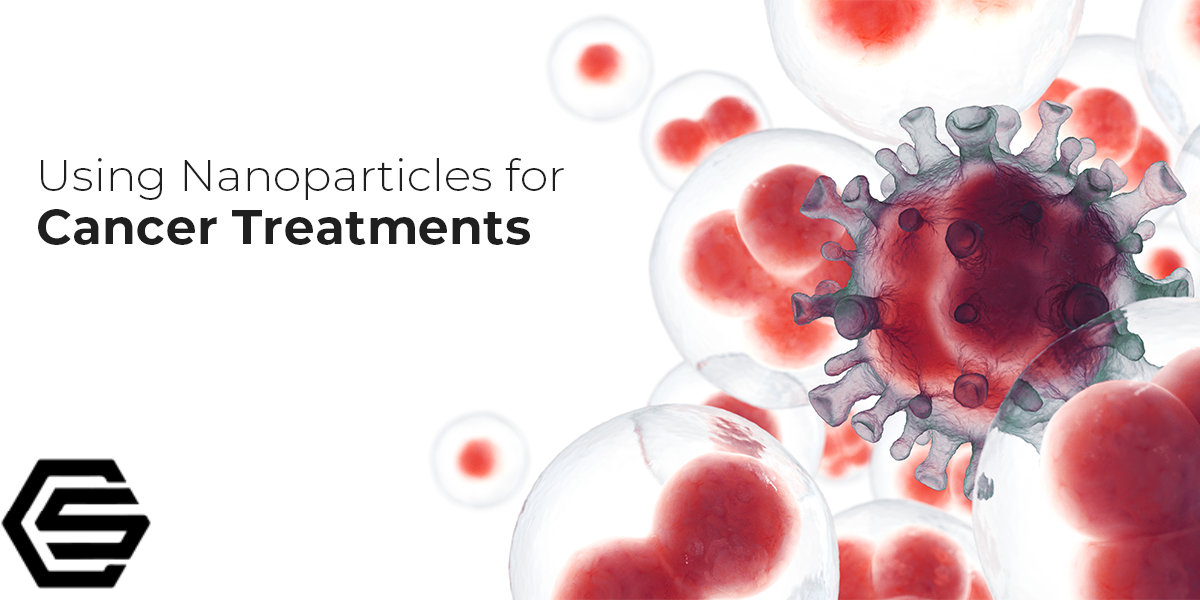Understanding Nanoparticles in Cancer Therapy
Nanoparticles, defined by their 1-100 nanometer scale, boast unique physical and chemical attributes that are leveraged in cancer treatment for targeted drug delivery, enhanced drug solubility, and controlled release, offering a beacon of hope for patients and clinicians alike.
The targeted delivery capabilities of nanoparticles minimize damage to healthy cells while maximizing the therapeutic impact on tumor cells. Their versatile design enables the encapsulation of diverse drugs, enhancing treatment efficacy and patient outcomes.
Advances in Cancer Treatment
Enhanced Drug Delivery
One of the most significant contributions of nanoparticles in cancer therapy is the improvement in drug delivery systems. Nanoparticles can encapsulate chemotherapeutic agents, protecting them from premature degradation and enabling their controlled release at the tumor site. This targeted delivery minimizes the impact on healthy tissues, reducing side effects and improving the efficacy of the treatment.
Do you have information about nanomedicine and nanomedicines? Learn now.
Targeted Therapy
Nanoparticles can be engineered to recognize and bind specifically to cancer cells through surface modifications, such as attaching antibodies or ligands that target tumor-specific markers. This specificity allows for direct delivery of therapeutic agents to cancer cells, enhancing the therapeutic index of conventional treatments and opening avenues for personalized medicine.
Overcoming Drug Resistance
Cancer cells often develop resistance to chemotherapeutic agents, limiting treatment effectiveness. Nanoparticles can help overcome this challenge by facilitating the co-delivery of multiple drugs or by delivering drugs in a manner that bypasses resistance mechanisms, such as by ensuring adequate intracellular concentrations of the drug.

Figure 1. Cancer diagnosis and treatment targeting via nanotechnology tools.
Types of Nanoparticles Used in Cancer Treatment
Harnessing nanoparticles like tin, gold, silver, copper oxide, zinc oxide, and titanium dioxide in cancer therapy unlocks novel pathways for targeted treatment, promising a leap towards more precise and minimally invasive interventions.
Tin (Sn) Nanoparticles
Tin (Sn) nanoparticles have garnered interest for their potential in cancer therapy due to their unique properties and biocompatibility. Recent studies up to 2024 have explored the use of tin-based nanoparticles for both diagnostic and therapeutic applications in oncology. Tin nanoparticles can be engineered for drug delivery, imaging, and as sensitizers for radiotherapy, offering a multifunctional platform for cancer treatment.
Their ability to enhance the efficacy of radiation therapy by increasing the radiosensitivity of cancer cells presents a promising avenue for improving cancer treatment outcomes. The versatility and safety profile of tin nanoparticles make them a valuable addition to the nanoparticle toolbox in cancer therapy.

Figure 2. Comparison of traditional and nano-based methods of cancer treatment.
Gold (Au) Nanoparticles
Gold nanoparticles are minuscule gold particles employed in cancer treatment due to their ability to precisely target cancer cells. Modified to recognize and bind to cancer cells, these nanoparticles minimize damage to healthy tissue by focusing treatment directly on the tumor. They can deliver drugs or heat up to kill cancer cells when exposed to certain light, a method known as photothermal therapy. This precision and versatility make gold nanoparticles a promising tool in making cancer treatments more effective and less harmful.
Silver (Ag) Nanoparticles
Silver nanoparticles, characterized by their nanometric scale, exhibit potent antineoplastic properties, making them instrumental in oncological applications. These particles exert cytotoxic effects on malignant cells through mechanisms such as oxidative stress induction, leading to apoptosis. Additionally, silver nanoparticles can potentiate conventional therapeutics, enhancing the susceptibility of neoplastic cells to chemotherapeutic agents and radiation therapy. This synergistic augmentation underscores the potential of silver nanoparticles as adjuncts in cancer treatment protocols, offering a promising avenue for the development of more efficacious and targeted cancer therapies.
Copper Oxide (CuO) Nanoparticles
Copper Oxide (CuO) nanoparticles exhibit potent anti-cancer properties, primarily through the generation of reactive oxygen species (ROS) that can induce oxidative stress within tumor cells, leading to cell death. Their ability to disrupt the cellular redox state makes them promising agents for cancer therapy. Moreover, CuO nanoparticles have been studied for their role in enhancing the efficacy of chemotherapy and for their use as carriers for drug delivery, owing to their good compatibility and low toxicity at optimal doses.

Figure 2. Antibacterial effect of oxidative stress mediated by metal-based nanoparticles.
Zinc Oxide (ZnO) Nanoparticles
Zinc (ZnO) nanoparticles are known for their selective cytotoxicity towards cancer cells while sparing normal cells, attributed to their ability to generate ROS and induce apoptosis. Additionally, ZnO nanoparticles possess unique photo-chemical properties, making them suitable for photodynamic therapy, a treatment modality that involves light-activated destruction of cancer cells. Their biocompatibility and photo-stimulated properties are leveraged in designing targeted therapies that minimize adverse effects on healthy tissues.
Titanium Dioxide (TiO2) Nanoparticles
Titanium Dioxide (TiO2) nanoparticles have garnered attention in cancer treatment due to their photocatalytic properties. Under UV light exposure, these nanoparticles produce ROS, leading to the selective killing of cancer cells through oxidative stress. This mechanism is exploited in photodynamic therapy, where TiO2 nanoparticles are used to target and destroy tumor cells with high precision. The high stability and low toxicity of TiO2 nanoparticles further enhance their appeal as therapeutic agents in oncology.
Apart from these, rare earth elements are also used in cancer diagnosis and treatment. Read now.
Future Perspectives and Developments
Looking ahead, the future of nanoparticles in cancer therapy is bright, with ongoing research focused on enhancing precision, reducing side effects, and overcoming drug resistance. Advances in nanotechnology are expected to yield more sophisticated nanoparticle systems capable of multifunctional actions, including simultaneous detection, diagnosis, and treatment of cancer. The development of smart nanoparticles that can respond to specific stimuli within the tumor microenvironment for targeted therapy is particularly promising.
Additionally, integrating artificial intelligence and machine learning for designing and optimizing nanoparticles could accelerate the development of personalized cancer treatments. As we overcome existing challenges, the next generation of nanoparticle-based therapies holds the potential to revolutionize cancer care, offering more effective, less invasive, and highly tailored treatment options.



















